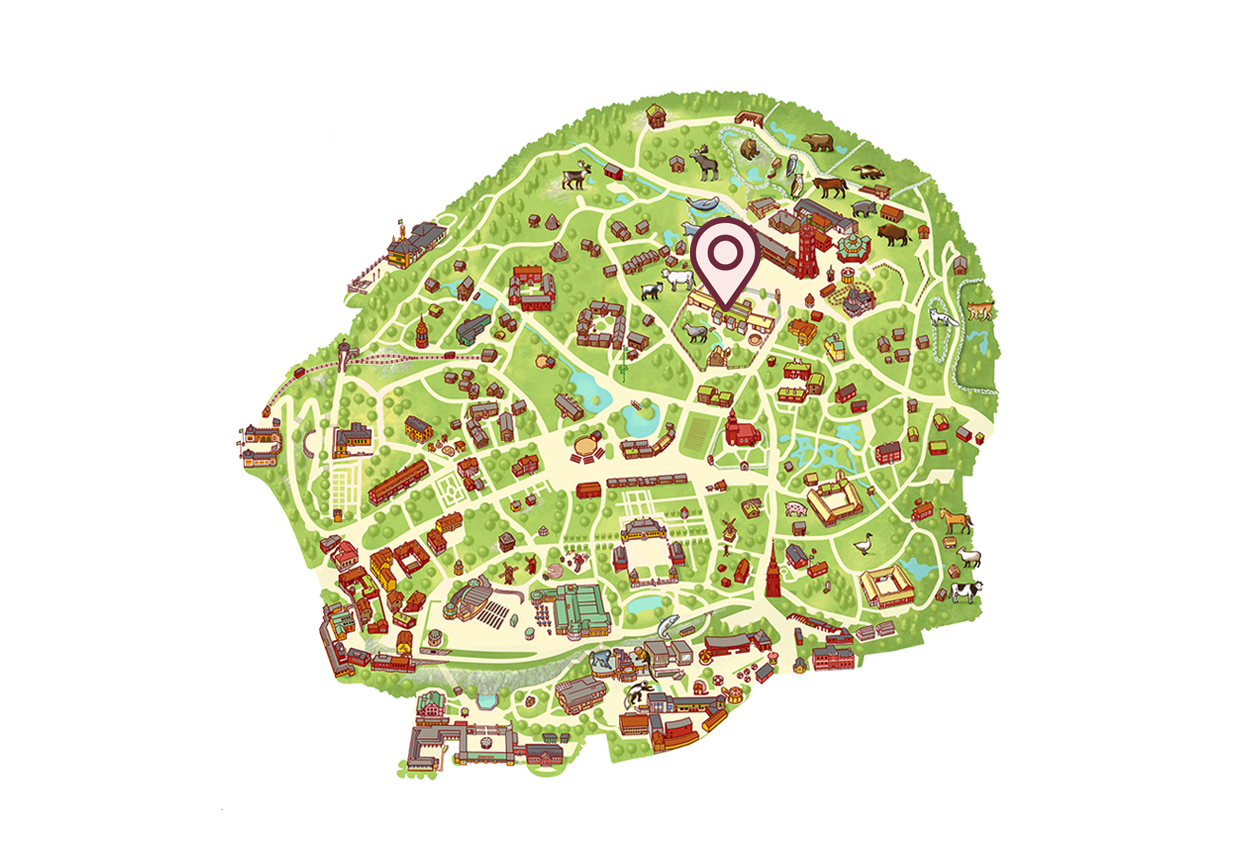- Sand lizard
Sand lizard
The sand lizard is only found in southern Sweden, and is classified as vulnerable. The species is mainly threatened due to its natural habitat changing or disappearing as a result of human impact.
-
There are three lizard species in Sweden: the slow worm, the common lizard and the sand lizard. They can all separate part of their tail if they are attacked. They can often escape while the attacking predator is distracted by the tail moving vigorously back and forth.
Spotted back
The sand lizard has a greyish-brown base colour broken by irregular blackish-brown patches with white centres, known as eye spots, on its back and sides. The dark band along the centre of its back is broad, and is bordered on each side by a row of small white patches.
-
About the sand lizard
Scientific name:Lacerta agilis
Order:Scaly reptiles (Squamata)
Family:True lizards (Lacertidae)
Length:Approx. 20–25 cm from the nose to the tip of the tail
Sexual maturity:Three to four years old
Reproduction:The female lays 4–15 eggs in June, which normally hatch from mid-August to early September.
Lifespan:Up to 19 years
Eats:Insects and spiders
Distribution in Sweden:Southern Sweden
-
During the mating season in spring and early summer, males have green sides. Young sand lizards are usually pale brown in colour and have relatively clear eye spots.
Thrives in sun and heat
The sand lizard is only found in southern Sweden, unlike the smaller common lizard, which is found throughout the country. The sand lizard requires heat and needs sunlit environments, ideally with sand and heather. It prefers warm southern slopes in sand and gravel pits, but can also be found in open environments such as the edges of forests, sandy beaches and heathland.
Hibernation
During the spring mating season, large males with the brightest green colours are the most successful. The males compete for the best sites where the females prefer to lay their eggs, often sunny and sandy areas. In June, the females bury between four and fifteen eggs in these places, which hatch in mid-August. Adults burrow down in preparation for the winter at the end of August, and the young do likewise in October.
Their diet consists primarily of invertebrates such as grasshoppers, beetles, caterpillars and spiders.
A vulnerable species
Globally, the sand lizard is found from northwestern and central Europe to central Asia, with several subspecies. It has declined significantly in northwestern Europe. The species is mainly threatened by overgrowth and replanting of suitable open habitats, mainly caused by forestry. Other threats include road construction and other land exploitation.
The sand lizard is classified as ‘Vulnerable’ on the Swedish Species Information Centre’s red list.
You can find the sand lizard here
